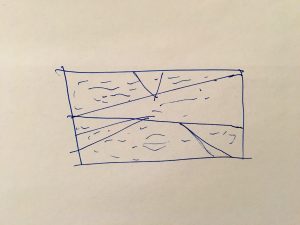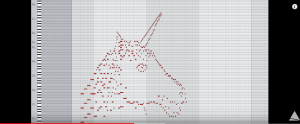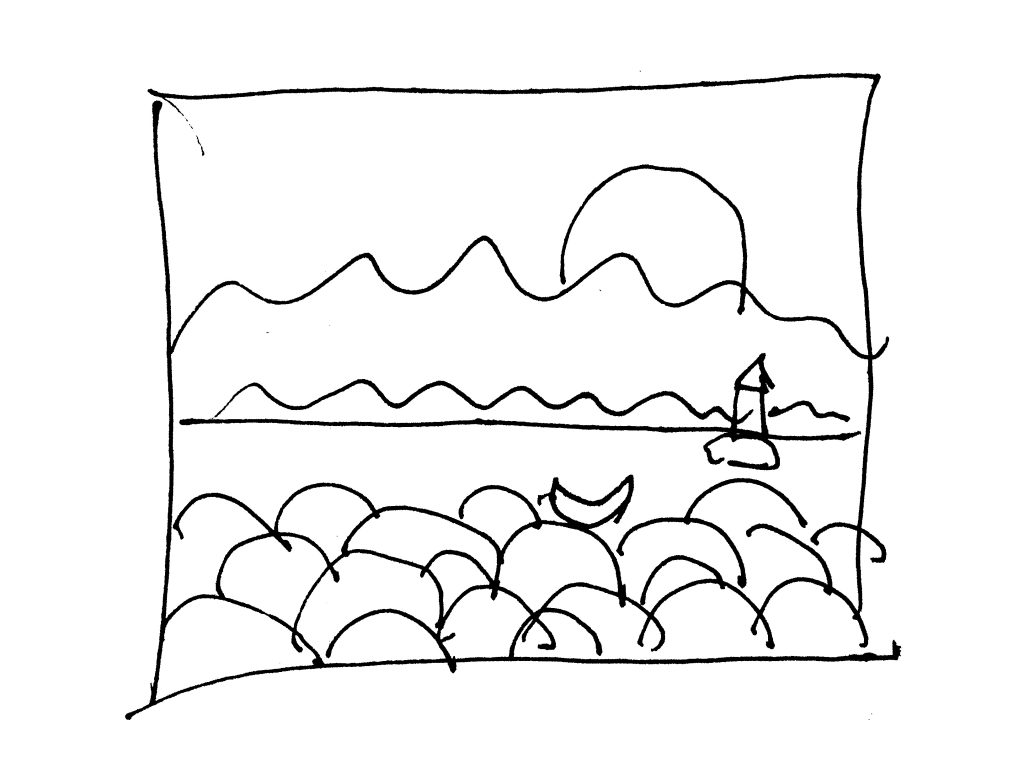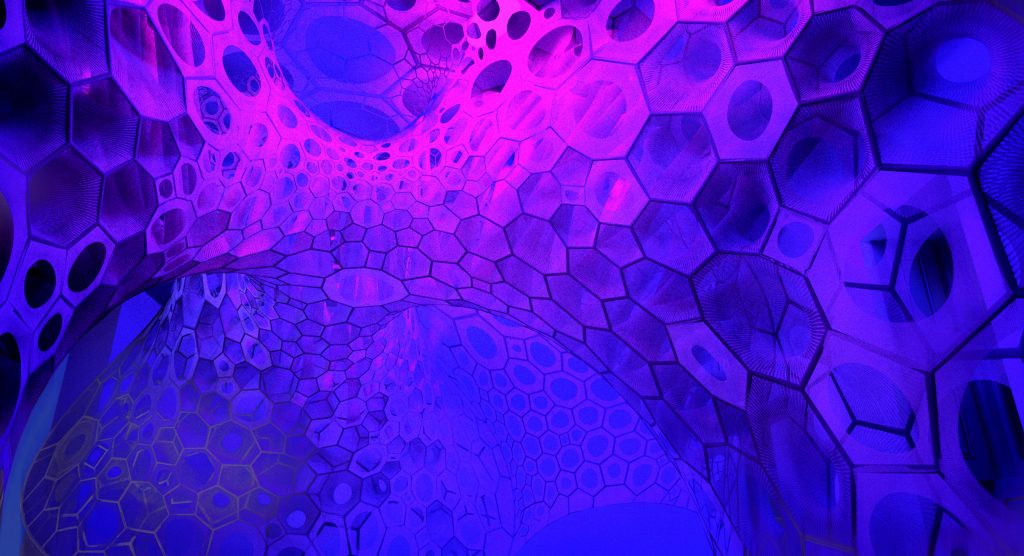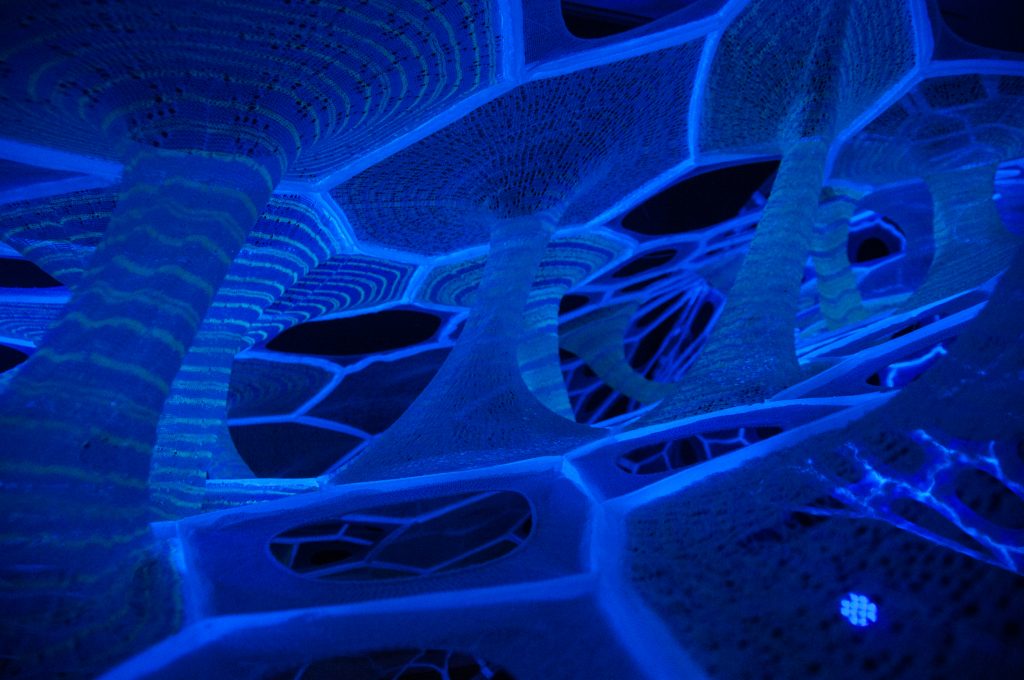sketch
var waves = []var mountainPeak1 = 0.03;
var mountainSpeed1 = 0.0003var mountainPeak2 = 0.01;
var mountainSpeed2 = 0.0005var boat;
var lighthouse;
var bX = 480
function setup() {
createCanvas(480, 440);
for (var i = 0; i < 10; i++){
var rx = random(width);
waves[i] = makeWave(rx);
}
}
function preload() boat = loadImage("https://i.imgur.com/7ehKMrX.png"); lighthouse = loadImage("https://i.imgur.com/8foDjEk.png"}
function draw() {
sun() mountain1() mountain2() waterBackground()
image(lighthouse, 350, height/2) updeteAndDisplayWave();
addWave();
removeWaves();
makeBoat();
}
function waveDisplay(wave){ var radius = 10 fill(255);
stroke(39, 55, 81);
strokeWeight(2);
for (var i = 0; i < this.number; i++) {
arc(this.x + 80, this.y - 60, this.number*radius, this.number*radius, PI, 2*PI);
}
for (var i = 0; i < this.number; i++) {
arc(this.x + 20, this.y - 40, this.number*radius, this.number*radius, PI, 2*PI);
}
for (var i = 0; i < this.number; i++) {
arc(this.x + 50, this.y - 20, this.number*radius, this.number*radius, PI, 2*PI);
}
for (var i = 0; i < this.number; i++) {
arc(this.x, this.y, this.number*radius, this.number*radius, PI, 2*PI);
}
}
function makeWave(){
var wave = {x: width,
y: height,
number: round(random(2,8)) speed: -1,
breadth: 50,
move: waveMove,
display: waveDisplay
}
return wave;
}
function waveMove() {
this.x += this.speed}
function updeteAndDisplayWave() for (var i = 0; i < waves.length; i++){
waves[i].move();
waves[i].display();
}
}
function removeWaves() var keepWaves = [];
for (var i = 0; i < waves.length; i++) {
if (waves[i].x + waves[i].breadth > 0) {
keepWaves.push(waves[i]);
}
}
waves = keepWaves;
}
function addWave() var waveChance = .05;
if (random(0, 1) < waveChance) {
waves.push(makeWave(width));
}
}
function makeBoat(){
bX -= .5;
image(boat, bX, 3*height/4);
if (bX < -40) { bX = width;
}
}
function mountain1() noStroke();
fill(21, 40 ,73);
beginShape();
for (var x = 0; x < width; x++) {
var t = (x * mountainPeak1) + (millis() * mountainSpeed1);
var y = map(noise(t), 0,1, height/5, height/2);
vertex(x, y);
}
vertex(width, height);
vertex(0, height);
endShape();
}
function mountain2() noStroke();
fill(50, 70, 104);
beginShape();
for (var x = 0; x < width; x++) {
var t = (x * mountainPeak2) + (millis() * mountainSpeed2);
var y = map(noise(t), 0,1, height/2, height*3/4);
vertex(x, y);
}
vertex(width, height);
vertex(0, height);
endShape();
}
function waterBackground(){
fill(91, 141, 176);
rect(0, 2*height/3, width, height/3);
}
function sun(){
for (var i = 0; i < 480; i++) {
strokeWeight(2);
stroke(94 + 1.5 * i, 120 + i, 158 + 0.5 * i);
line(0, i, width, i);
}
noStroke();
fill(254, 255, 241);
ellipse(350, 90, 120, 120);
}
I wanted to create a landscape with ocean, water, sun, lighthouse, mountain, and to for making it more playful, a paper boat. I started with making mountains using the noise function (the terrain sample code). I used a gradient color for the background using layers of lines. I used two images for the light house and the paper boat. I created waves as objects, and continuously adding waves to the canvas. I create several rows of waves and offset them to make the drawing more dynamic.
PS.I wanted to upload an image of my sketch but for some reason my phone keeps taking images filled with grey color…
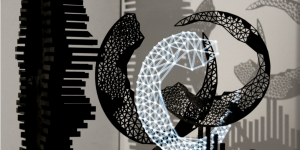
![[OLD FALL 2017] 15-104 • Introduction to Computing for Creative Practice](../../../../wp-content/uploads/2020/08/stop-banner.png)
